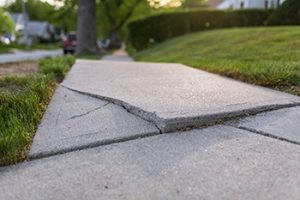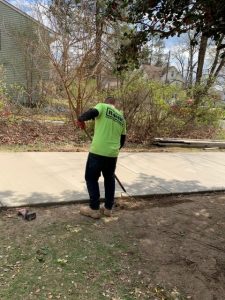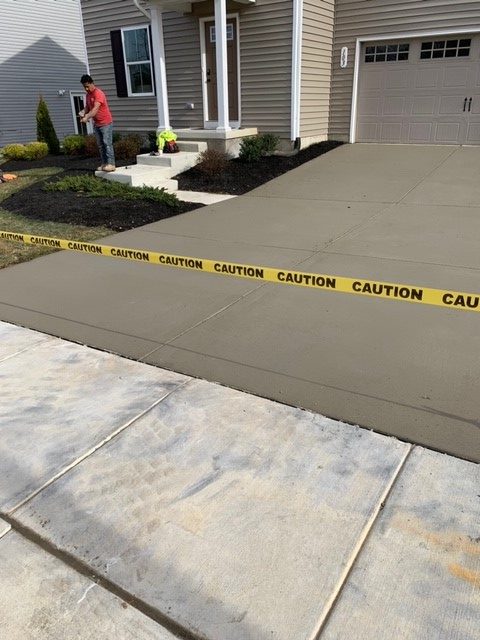Concrete is one of the most common and durable man-made materials in the world. When a structure is built with concrete, there are significant advantages, ranging from fire resistance to environmental perks. Most customers opt for concrete because it is strong and sturdy, but not a super-substance. Whether for your business or your house, it is important to discuss each step of the process with your designer/sales representative to ensure it is the most suitable for your space.
Like most materials, concrete has a tendency to wither and crack. There are a variety of factors that play a part in concrete repairs needing to be done: extreme weather conditions, quality of the concrete, structural damage, excessive weight that’s not suited for that area, chemical damage; but there are many ways to maintain your concrete to enhance the life expectancy.
Potential Harms
- Structural Damage
- Chemical Damage
- Corrosion of Reinforcement
- Fire damage
- Blast damage
- Insufficient reinforcement
- Excessive loads
Some Approaches to Concrete Repair
There are two options for repairs, but the avenue you take will depend on the type and extent of damage.
- A full-depth repair includes removal of damaged concrete, replacement of reinforced steel and replacement with fresh, new concrete. Most reasons above for damage
- Repairs and resurfacing is another option which uses specialty designed cementitious products to repair and resurface damaged concrete surfaces.
Why Should I Maintain Concrete?
In most cases, concrete is an ideal choice because it can be an extremely durable, long lasting product without maintenance. Therefore, it often raises questions when we mention the proper maintenance of concrete.
With proper maintenance, you can greatly extend the life and the beauty of the concrete: plain concrete can look clean and bright and decorative concrete can maintain the same look after years of enjoyment, instead of the concrete looking faded, oil stained and dirty.
As with any investment, you want to get the most “bang for your buck”. With properly maintaining the concrete, this protects your investment in concrete. You especially would want to be more cognizant of the investment maintenance if you opt for decorative concrete.
Keeping it Looking Like New Consists of Four Steps
- Clean concrete on a regular basis (at least once per year) to remove normal dirt and grime build up, and rust or other stains.
- Repair any cracks in the concrete to maintain the structural surface and minimize water intrusion, which can lead to issues below the concrete.
- Seal joins in the concrete to minimize water intrusion, eliminate dirt collecting in the joints & prevent weeds from sprouting.
- Seal the concrete surface to repel water, dust proof the surface, allow for resistance to abrasion and enhance the resistance to UV sunlight.
Note: For Decorative Concrete
The same steps as above will apply, but we strongly suggest you review product specifications carefully to ensure you are maintaining the decorative concrete you have chosen in the correct way.
For instance, if you used a concrete topping or dressing, or a certain brand of colored concrete, or a spray on decorative finish, the technical departments of these manufacturing companies will have real world experience with what works best for their products.


